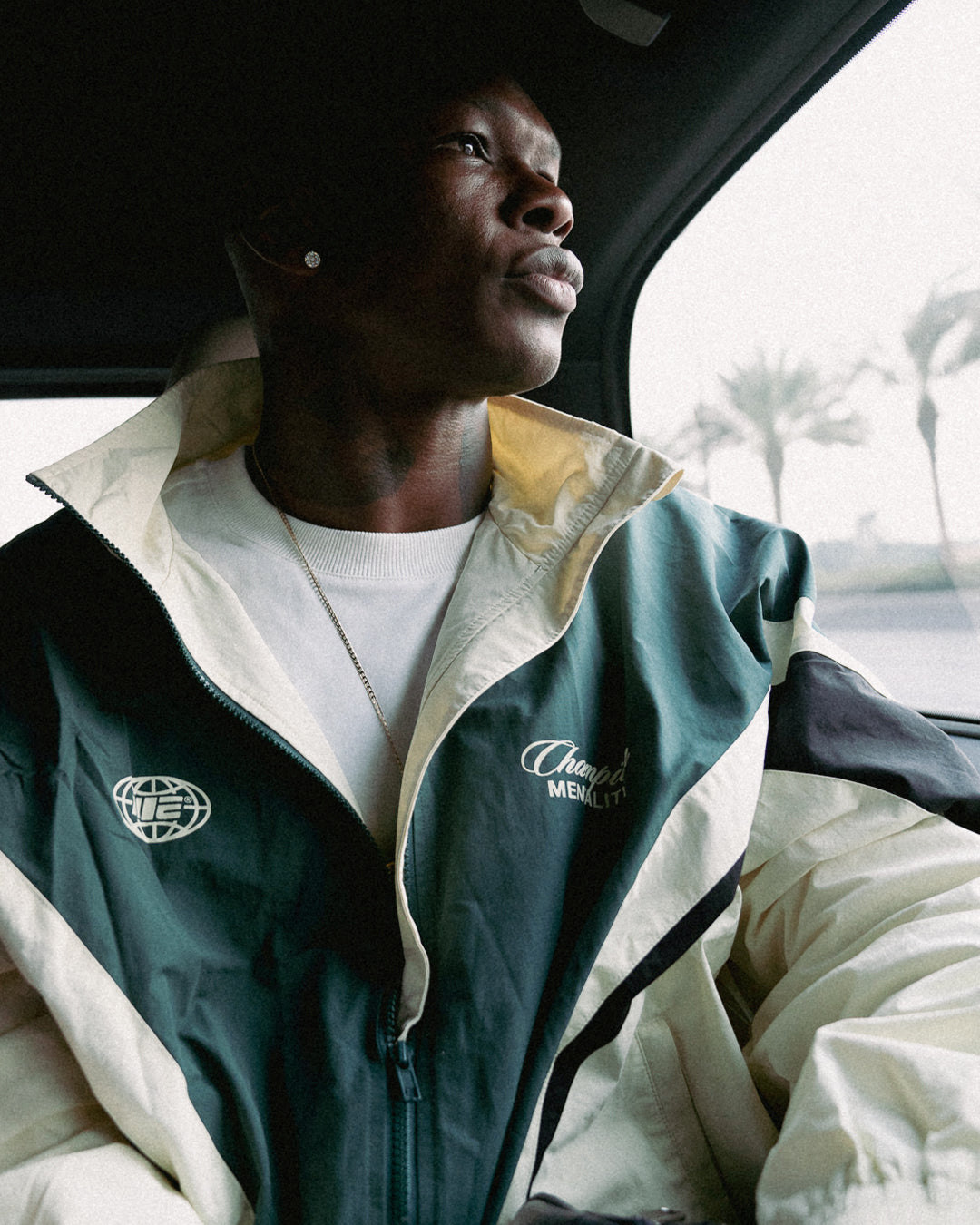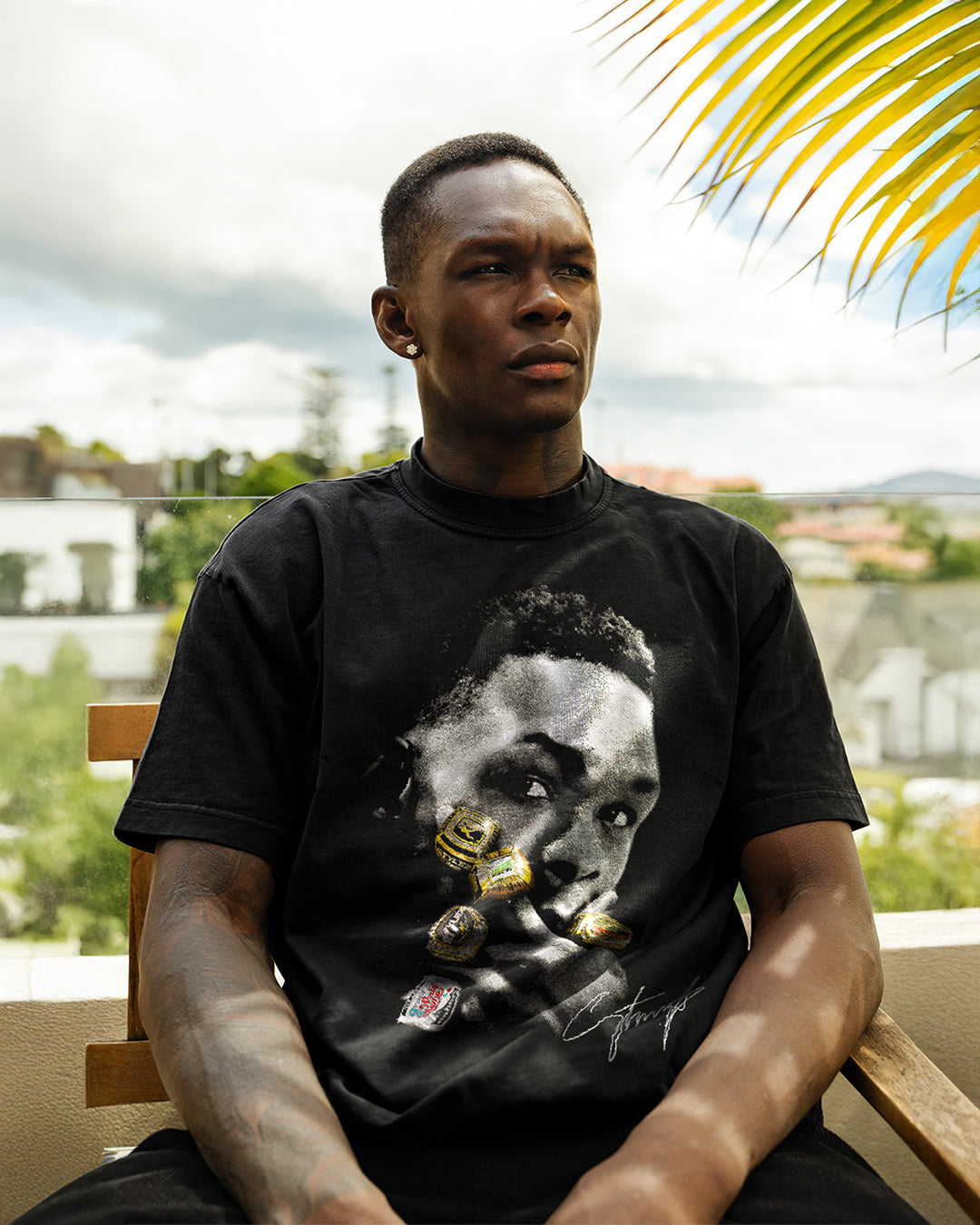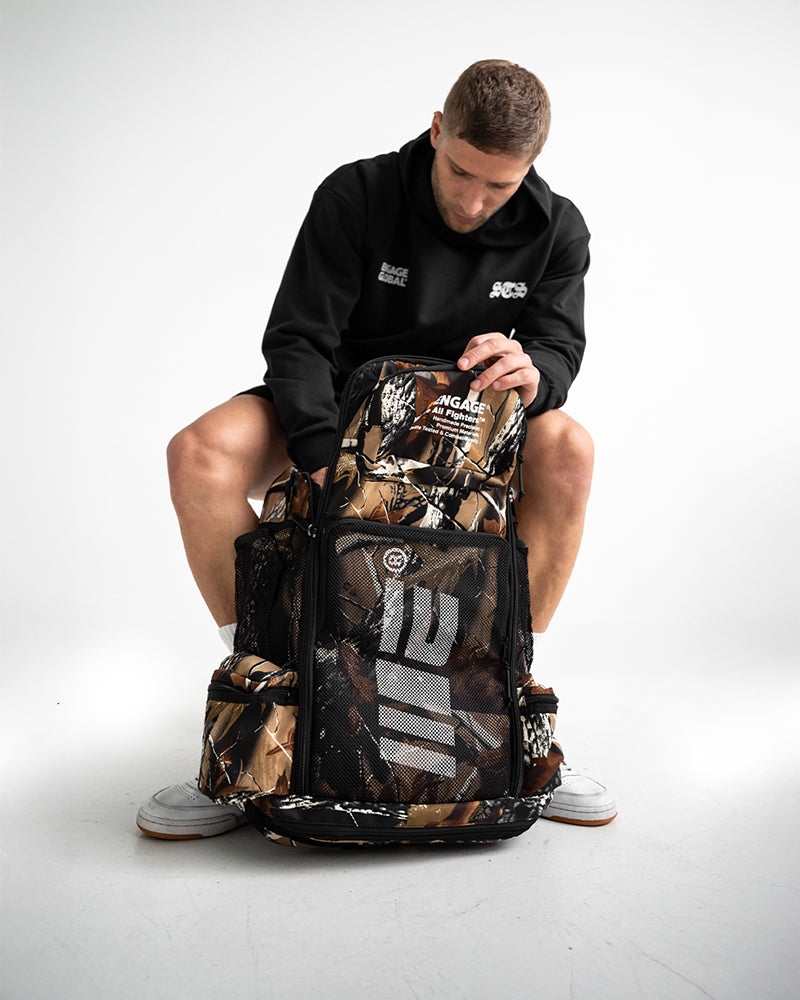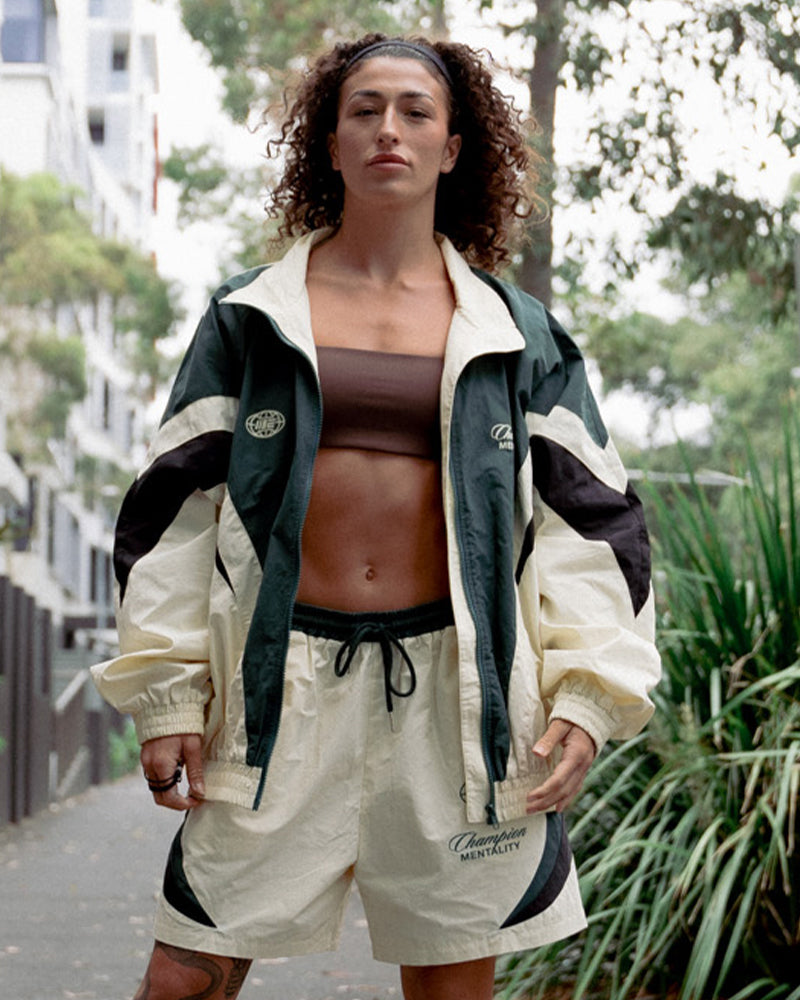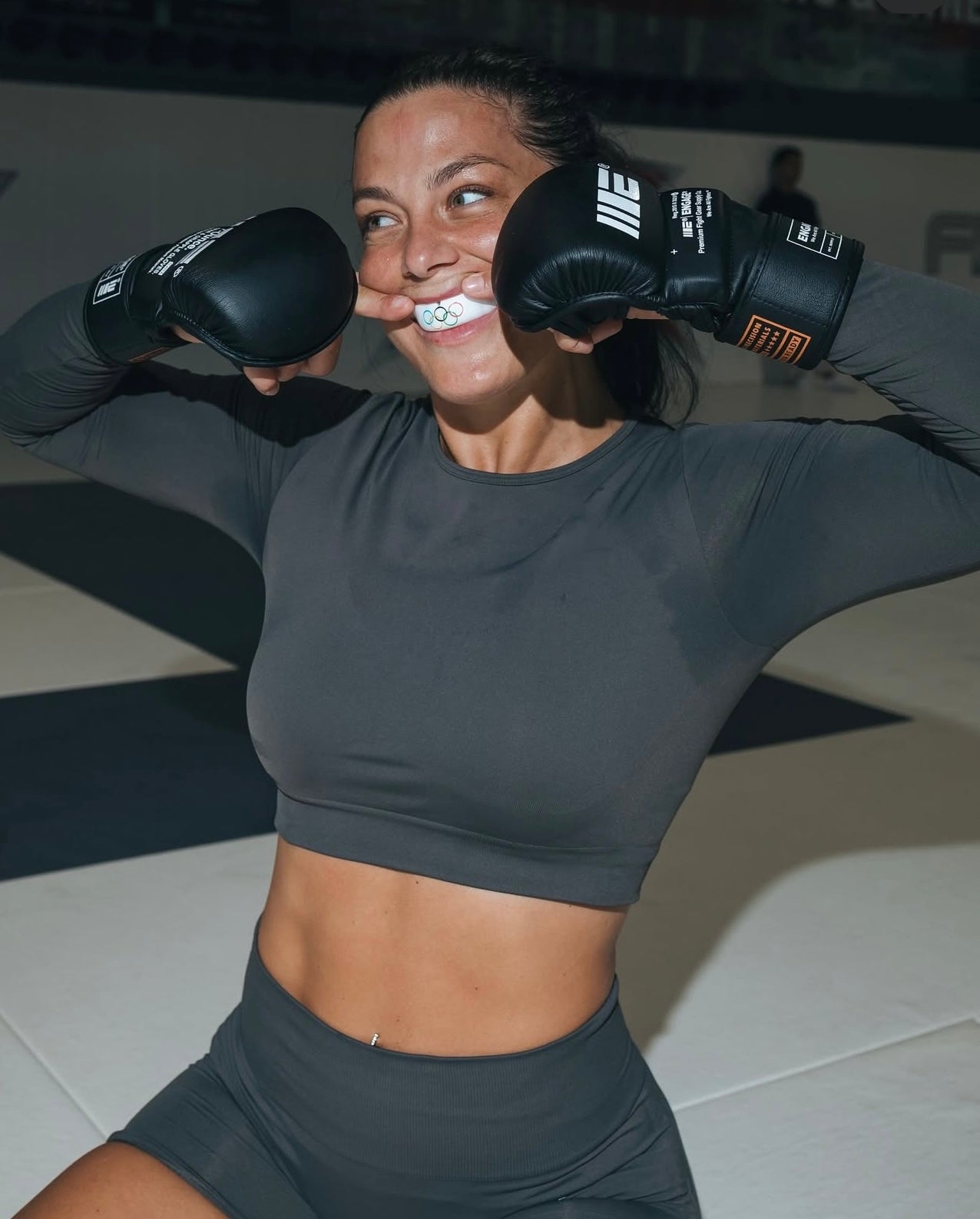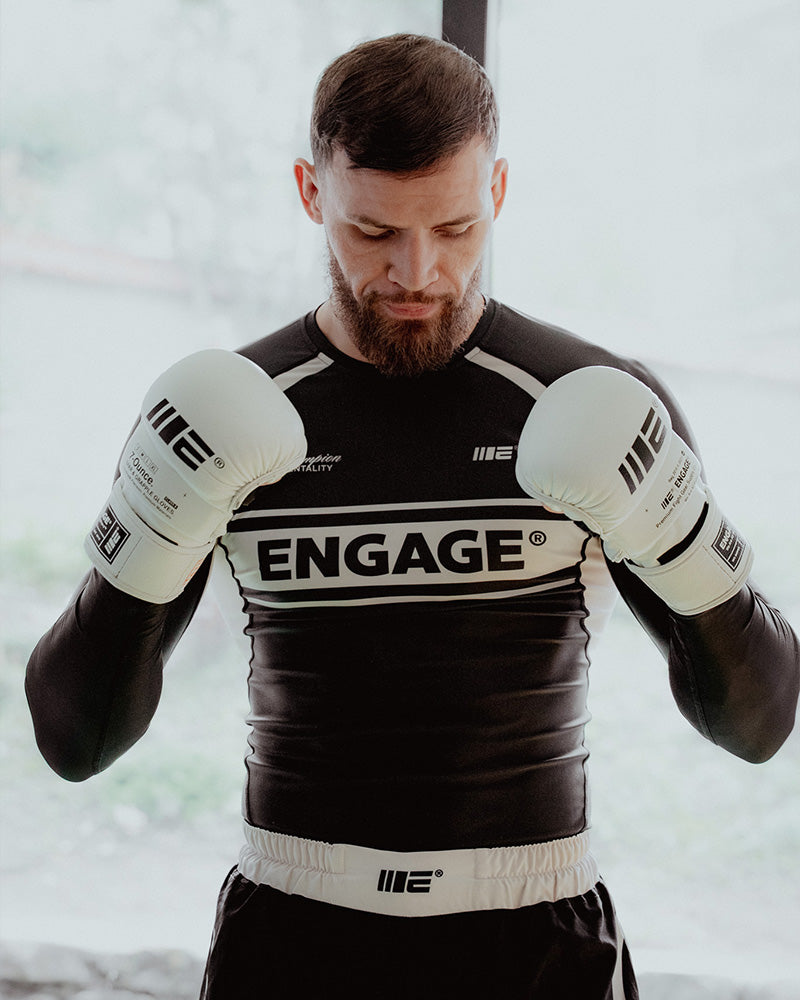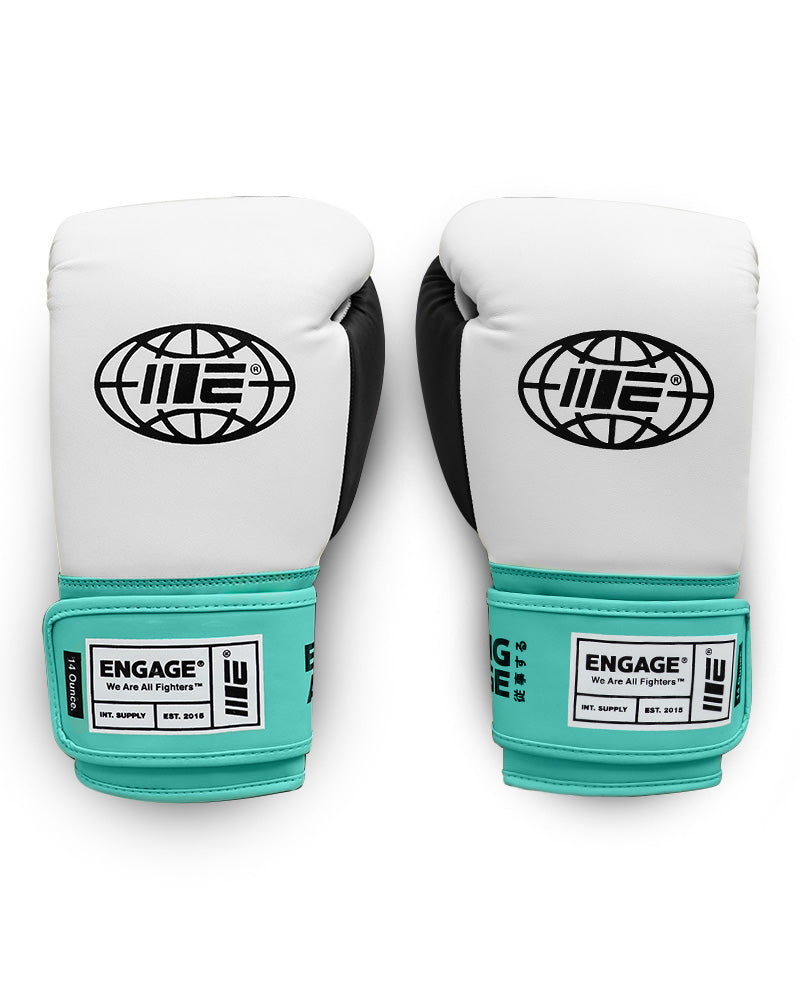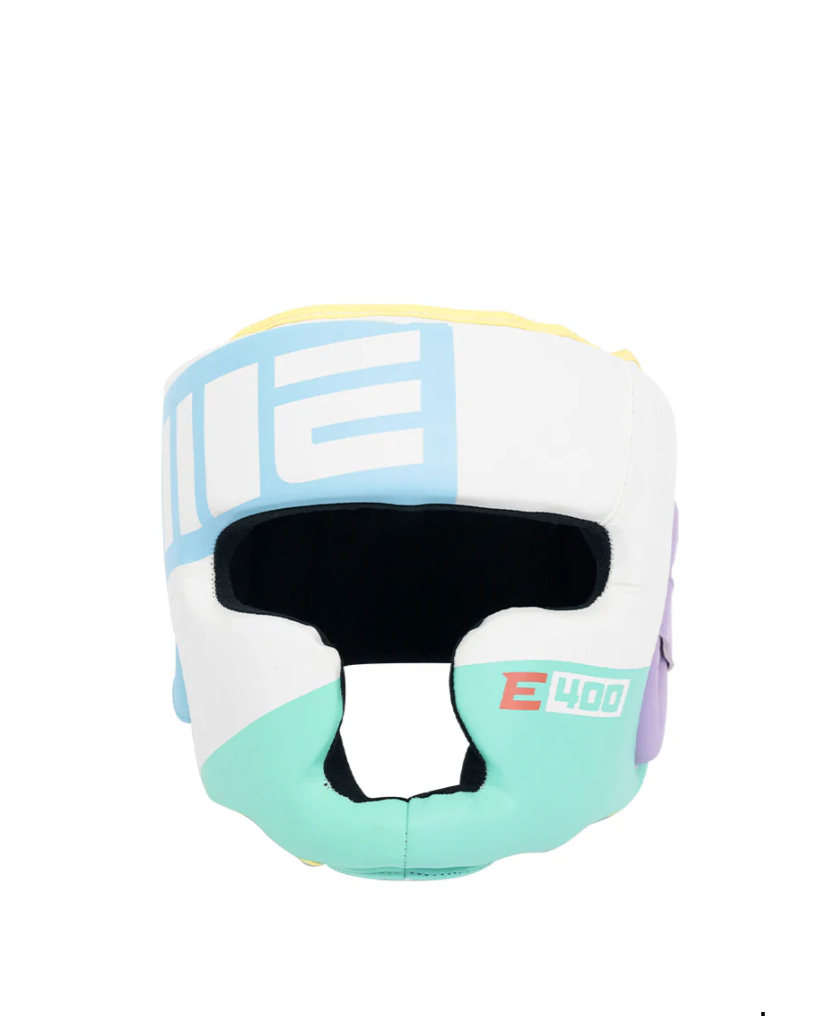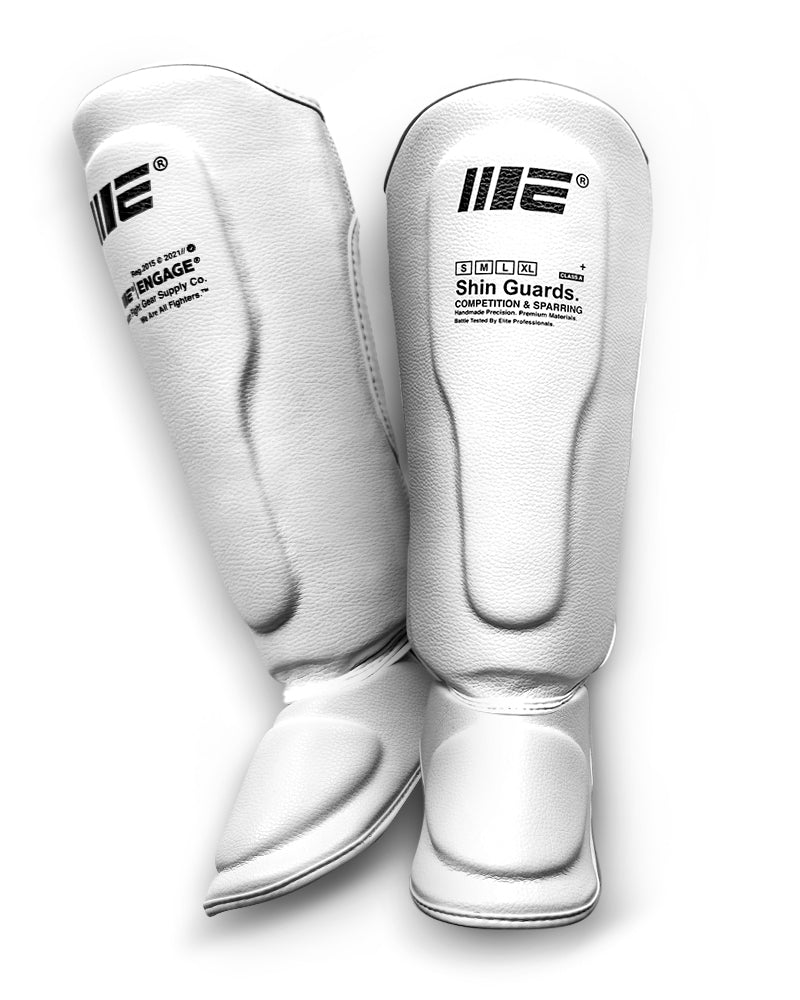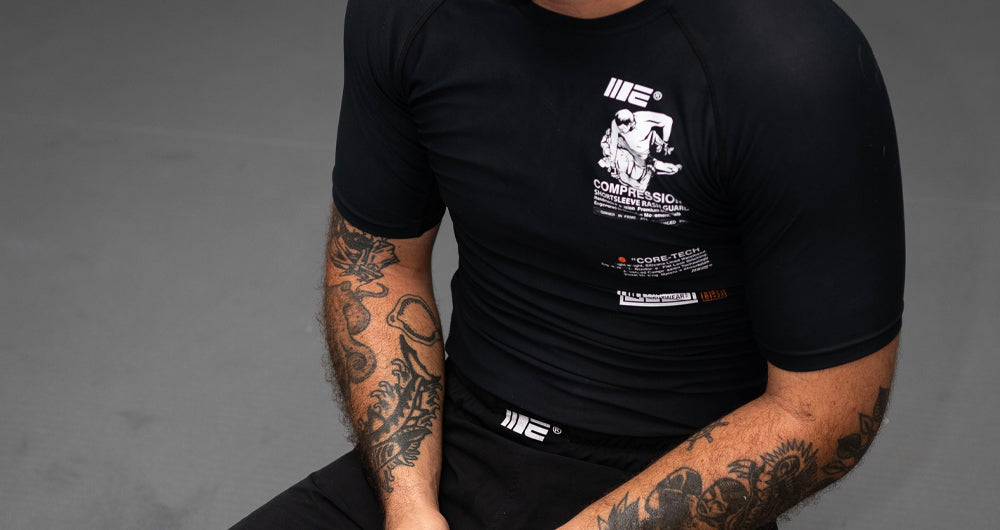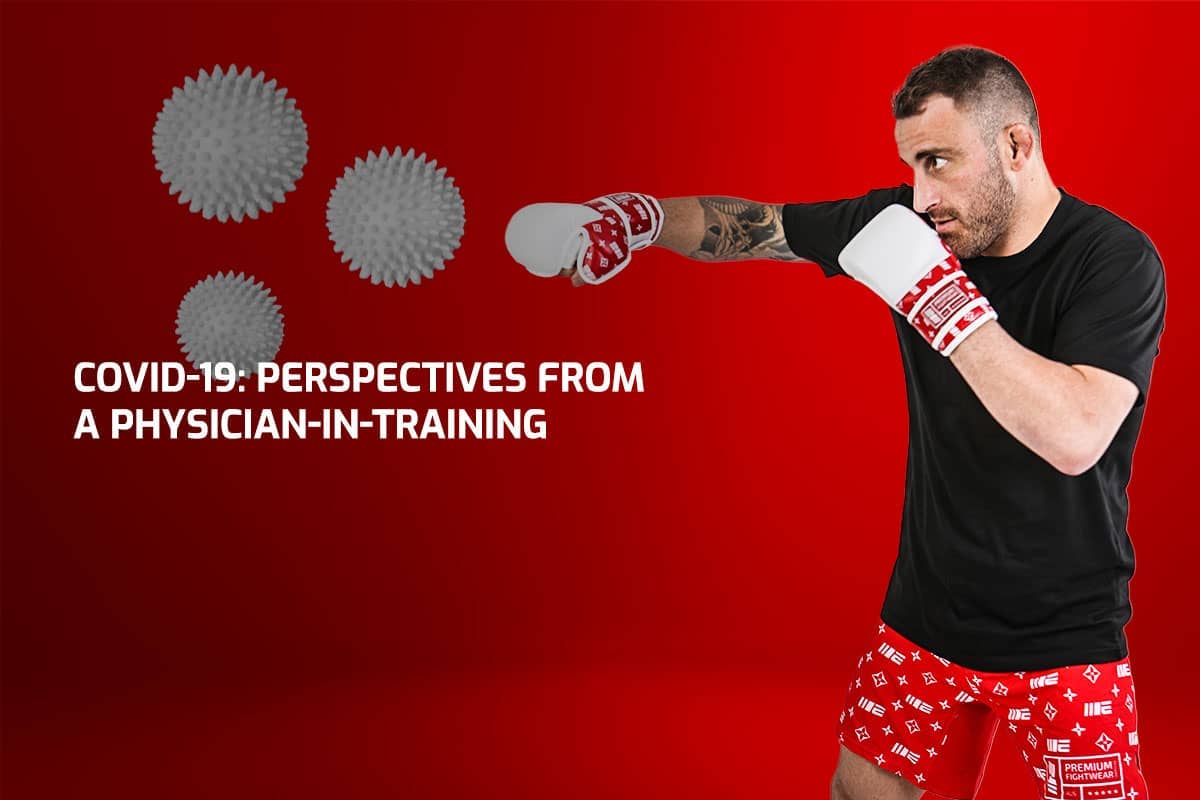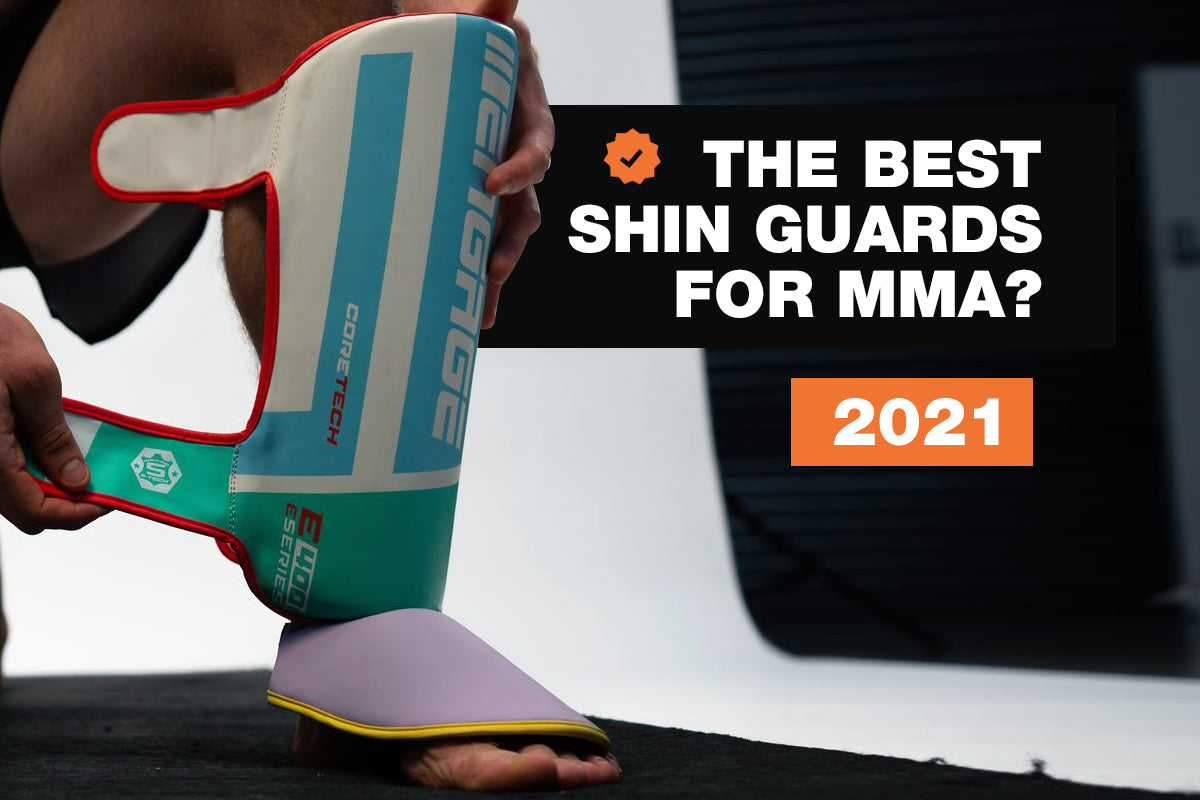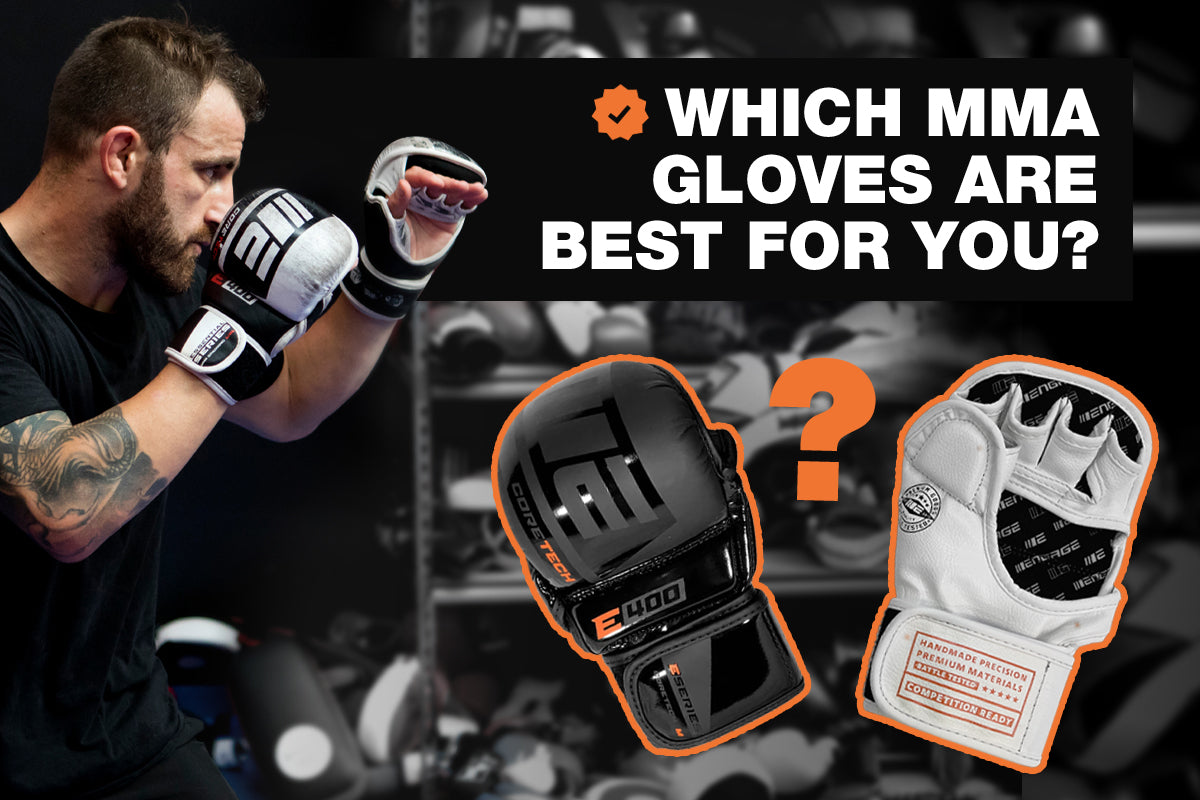Disclosure: The following content was created for informational purposes and is not intended to serve as medical advice. Please seek the assistance of your medical doctor or other qualified healthcare provider if you have legitimate health concerns.
COVID-19: Perspectives from a Physician-in-Training
Hello! I hope everyone is staying safe and sane during these strange times. By now, most of you have had your daily lives significantly impacted in some way by the current COVID-19 (aka SARS-CoV-2 or simply “coronavirus”) pandemic. As I am writing this, there are over 1 million reported cases worldwide with more than 53,000 reported deaths1. Most nations have imposed quarantines, business closures, and travel restrictions. Major sporting events have been cancelled or postponed. The MMA gods in particular have been quite cruel. This article will be different from what is normally posted on this blog. But my goal is to hopefully address questions which may be relevant to your interests as combat sports athletes and/or enthusiasts. It’s kind of a long piece but I know you got time! Let’s get to it.

I took this photo during morning rush hour in Philadelphia last week. That highway is normally jam packed at this time.
So who the hell are you?

I am a fellow practitioner and fan of combat sports who loves every aspect of training. My journey started in amateur boxing and has now led to Muay Thai/kickboxing. I am also a resident physician in the United States who has one year of training left before being set loose on the world as an attending (i.e. real) doctor. My specialty is Physical Medicine and Rehabilitation (PM&R). Simply put, this is the field of medicine which combines non-surgical orthopedics with aspects of neurology. PM&R doctors can serve as sports medicine physicians, medical directors at rehabilitation hospitals, pain management physicians, or primary care physicians for the disabled. We are not the experts on COVID-19. However this pandemic has affected every aspect of healthcare, requiring all doctors to be up-to-date.
How bad is this really? I’m a healthy young guy/gal. Why should I care?
This is a dynamic situation and new studies are coming out by the week. Currently, around 3.5% of infected people are dying worldwide2. The elderly are at higher risk for serious illness. However, recent data from the US shows that people ages 20-44 are making up roughly 20% of COVID hospitalizations and 12% of those requiring intensive-level care3.
FIGURE 2. Coronavirus disease 2019 (COVID-19) hospitalizations,* intensive care unit (ICU) admissions,† and deaths,§ by age group — United States, February 12– March 16, 2020

TABLE. Hospitalization, intensive care unit (ICU) admission, and case–fatality percentages for reported COVID–19 cases, by age group —United States, February 12–March 16, 2020
| Age group (yrs) (no. of cases) | %* | ||
|---|---|---|---|
| Hospitalization | ICU admission | Case-fatality | |
| 0–19 (123) | 1.6–2.5 | 0 | 0 |
| 20–44 (705) | 14.3–20.8 | 2.0–4.2 | 0.1–0.2 |
| 45–54 (429) | 21.2–28.3 | 5.4–10.4 | 0.5–0.8 |
| 55–64 (429) | 20.5–30.1 | 4.7–11.2 | 1.4–2.6 |
| 65–74 (409) | 28.6–43.5 | 8.1–18.8 | 2.7–4.9 |
| 75–84 (210) | 30.5–58.7 | 10.5–31.0 | 4.3–10.5 |
| ≥85 (144) | 31.3–70.3 | 6.3–29.0 | 10.4–27.3 |
| Total (2,449) | 20.7–31.4 | 4.9–11.5 | 1.8–3.4 |
As you can see from the chart above, young adults also make up a good chunk of overall confirmed cases in the US. We have seen infected people present with everything from minor symptoms (fever, dry cough, body aches) to multifocal pneumonia, sepsis, and respiratory failure.

This is a CT scan of a COVID-19 patient’s chest. The circles are marking what radiologists call “ground-glass opacities”. They can be seen with other diseases, but this particular pattern (hanging out on the periphery of both lungs) has become a hallmark of COVID pneumonia. This is nasty BTW and something you definitely do not want to get.
Again, it is true that the virus is much deadlier for those over 65 years of age and those with conditions like heart disease, high blood pressure, diabetes, asthma, and immune system deficiencies. I will assume that most readers of this blog are healthy people in their late teens to early 40s. And chances are that if infected, you would just experience some minor cold-like symptoms. You would probably pop a Tylenol or two, go to sleep early, and then go back to business as usual without reporting anything. However, with data suggesting that undocumented carriers could be responsible for much of the viral spread4, it has become extremely important for EVERYONE to take social distancing and personal hygiene (i.e. handwashing and showering) seriously. The last thing you would want is to bring this nasty virus home to your older loved ones.
Should I wear a mask?

Asian nations have been saying yes to masks for the general public since the beginning of the outbreak. Meanwhile many western countries are currently recommending masks only for sick people and those taking care of sick people. However, this is likely to change and I’m expecting the US government to announce very soon that everyone should wear some kind of face cover in crowded public areas5. There may be a push for something similar in Australia as well6. The reason for this reversal? Research showing that the virus may be most contagious during the early days when those undocumented/”silent” carriers are having no symptoms7. Therefore it would be safer for everyone to wear a mask in public because we just don’t know who is sick or not.
OK, so what kind of mask should I wear? Surgical? N95? Bandana?
The official word from the WHO is that COVID-19 spreads via droplets released into the air when infected people cough or sneeze. Droplets tend to be large and cannot remain in the air much further than 6 feet from the source. However, there are now studies suggesting the virus could also potentially spread as smaller aerosol particles generated when infected people simply speak or breathe. They have even found viral particles in sampled air from hospital hallways more than six feet away from infected patients8. That is scary stuff. And it may change the game in terms of protective equipment. Your basic surgical mask or generic face cover is made to prevent sick people from infecting others with their droplets. They may also provide some benefit in blocking out droplets from the outside, but they won’t do squat against aerosol particles. This is where the N95 respiratory mask comes in.

I personally wear an N95 to work at the hospital, even when I’m not directly seeing confirmed COVID-positive patients, since it is such a high-risk environment where you have to be in close proximity to others. However these masks are also in very short supply, and may not be necessary if you are already taking care to distance in the first place. They also need to fit correctly to work. Don’t take this as any sort of official recommendation but, if you are fortunate to have N95s and are not a healthcare professional, I would save them for when you have to be in crowded areas where distancing is not optimal. Otherwise, a simple face covering would suffice when in public.
When is this nightmare going to be over?
Hard to say, but several models are predicting that some of the hardest-hit countries should be reaching their peaks by late April/early May. China reached its peak in early February9, and the number of new cases are already starting to drop in Italy and Germany10. Hopefully as numbers continue to go down in these countries, quarantines will be lifted worldwide and we can all get back to our normal business. However, there is also the possibility that this could be just one battle in a longer war. If new cases start popping up again, we could have governments instituting mini-lockdowns every so often to prevent further spread. In the meantime, just keep doing your part and staying safe. Depending on where you are in the world, this could be a long haul.
My gym is closed. Can I still hit pads with my trainer outside the gym?
No. You and your trainer would still be within both droplet and aerosol range. Go shadowbox. Or tie a kick shield to a tree or something.
Can I still spar with some nice asymptomatic guys/girls outside the gym?
Nope.
Can I still roll…outside the gym?

So what can we do to train? I’m going to lose my gains!
I was training hard for an amateur kickboxing match scheduled on March 28th. My cardio was the best it had ever been, my confidence was high, and I was just ready to show how much I had improved since my prior competition. So when it was inevitably cancelled due to the pandemic, I felt similar to how many of you did when your gyms and fights were shut down too. Disappointed. Numb. Frustrated. Just overall deflated. Going from kill mode to chill mode so quickly can really kill your motivation.
If you let it.
Instead, use this time to focus on developing new skills. Practice new moves you had always wanted to experiment with. Try out unique set-ups for old moves that you want to land more. Shadowboxing and solo drilling are your friends during this time.
If you are lucky enough to have weights and bags in your home gyms, then keep on working your conditioning. You have plenty of time to do roadwork now too. Try your best to maintain a healthy weight. Also this is the 21st Century, guys. You have limitless information at your fingertips. There are so many amazing technique videos and legit trainers providing quality instruction for free on Youtube and Instagram. Take advantage of it. Become a smarter fighter during this lockdown.
Anything else I should know?
The effect of exercise on the immune system is an interesting topic I wanted to just touch on briefly here. So we all know working out is good for you. However, some research has linked intensive exercise with an increased risk for getting viral infections.
Most of these studies were done with runners, with one showing that those who ran more than 97 kilometers per week were twice as likely to develop upper respiratory viral symptoms as those who ran less than 32 kilometers per week11. In this current climate, it may therefore be wise to tone the overall intensity of your workouts down. But don’t be a total couch potato. Otherwise you truly could lose all your gains.
Above all, just stay safe out there. Eat healthy, stay in touch with family and friends, and keep training as best as you are able to. We’re all going to make it.
- https://www.worldometers.info/coronavirus/
- https://www.worldometers.info/coronavirus/coronavirus-death-rate/
- https://www.cdc.gov/mmwr/volumes/69/wr/mm6912e2.htm?s_cid=mm6912e2_w
- https://science.sciencemag.org/content/early/2020/03/24/science.abb3221
- https://www.bbc.com/news/world-us-canada-52126183
- https://www.3aw.com.au/wear-a-mask-push-for-universal-mask-wearing-to-stop-spread-of-covid-19-gains-traction/
- https://www.ijidonline.com/article/S1201-9712(20)30119-3/pdf
- https://www.medrxiv.org/content/10.1101/2020.03.23.20039446v2.full.pdf
- https://www.nature.com/articles/d41586-020-00758-2
- https://www.forbes.com/sites/greatspeculations/2020/04/01/us-covid-19-cases-could-peak-around-720k-as-social-distancing-guidelines-extended/#207c112e6dd1
- https://www.ncbi.nlm.nih.gov/pubmed/2266764/

